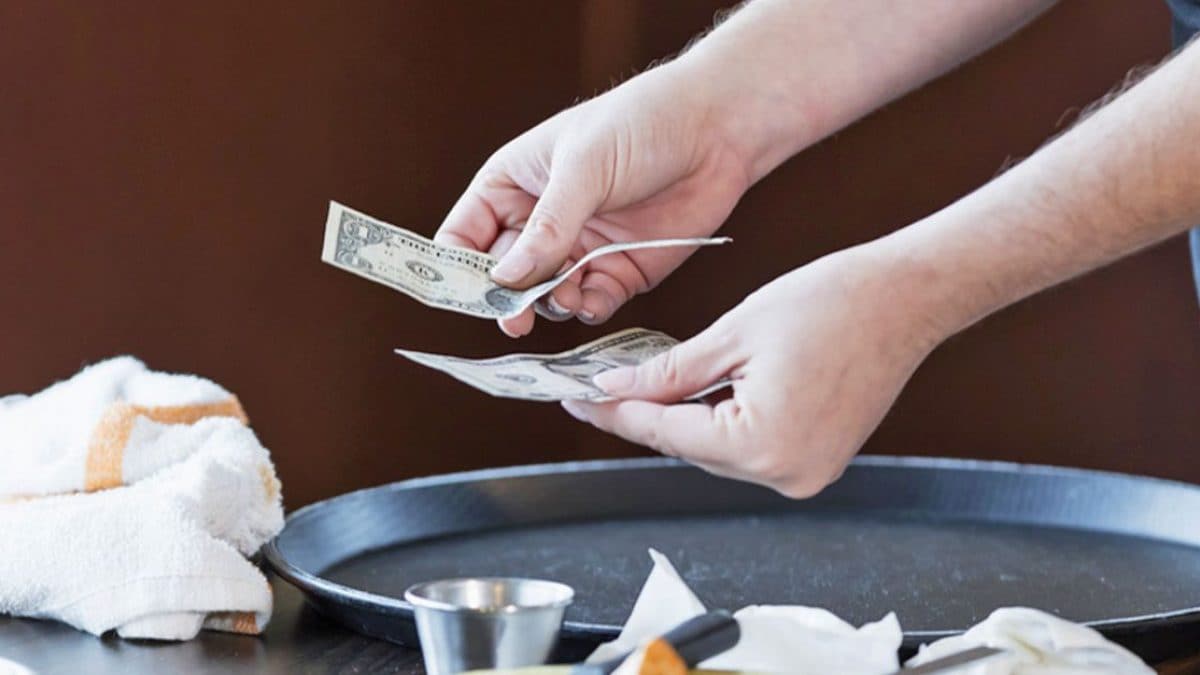
The recent passage of the No Tax on Tips Act by the Senate marks a significant shift for the restaurant industry. The bipartisan bill, which allows qualified employees in tipped occupations (such as servers, bartenders, and delivery drivers) to deduct up to $25,000 of tip income from their taxable earnings, is poised to put more cash directly into the pockets of millions of hardworking food service professionals. With eligibility capped at $160,000 in annual income, the legislation aims to alleviate the tax burden on those who rely heavily on tips—a change that could radically alter how restaurants operate as the bill heads to the House for final approval.
Ripple Effects in the Restaurant Industry
Restaurant operators are already strategizing for the new tax landscape. Supporters, including representatives from the National Restaurant Association, see the act as a potential recruitment and retention boon. By reducing the tax drag on tips, eateries may be able to offer more competitive compensation packages without immediately raising menu prices. However, some economists warn that an unintended consequence might be a greater emphasis on tipping as a component of overall wages. In essence, while servers and bartenders stand to benefit from more take-home pay, there’s a concern that restaurants could, over time, lower their base wages further—shifting more of the financial responsibility onto patrons through increased tipping expectations.

What It Means for the Dining Experience
For customers, the implications of the No Tax on Tips Act are twofold. On one hand, service staff who benefit from the tax relief may be more motivated, potentially enhancing the overall dining experience. On the other hand, as restaurants adjust their compensation structures, diners might begin to see changes in tipping practices. Some establishments could introduce stricter tipping guidelines or suggest higher tip percentages to supplement already reduced base wages. In a market where every dollar counts, these subtle shifts in how service is paid for might become noticeable on the bill—and could alter the traditional "dine and tip" dynamic that American restaurants have long known.
As the No Tax on Tips Act moves closer to becoming law, industry experts caution that its real-world effects will likely take time to manifest. With roughly 4 million Americans working in tipped roles, the act represents a critical change in the economic model of the food service sector. Analysts predict that while the immediate boost in disposable income for workers could improve service quality, there’s also the possibility of restaurants recalibrating wage structures in ways that will affect customer costs and tipping norms. For now, both patrons and operators are watching closely to understand how this historic tax reform will redefine the dining experience for years to come.
;Resize,width=767;)
